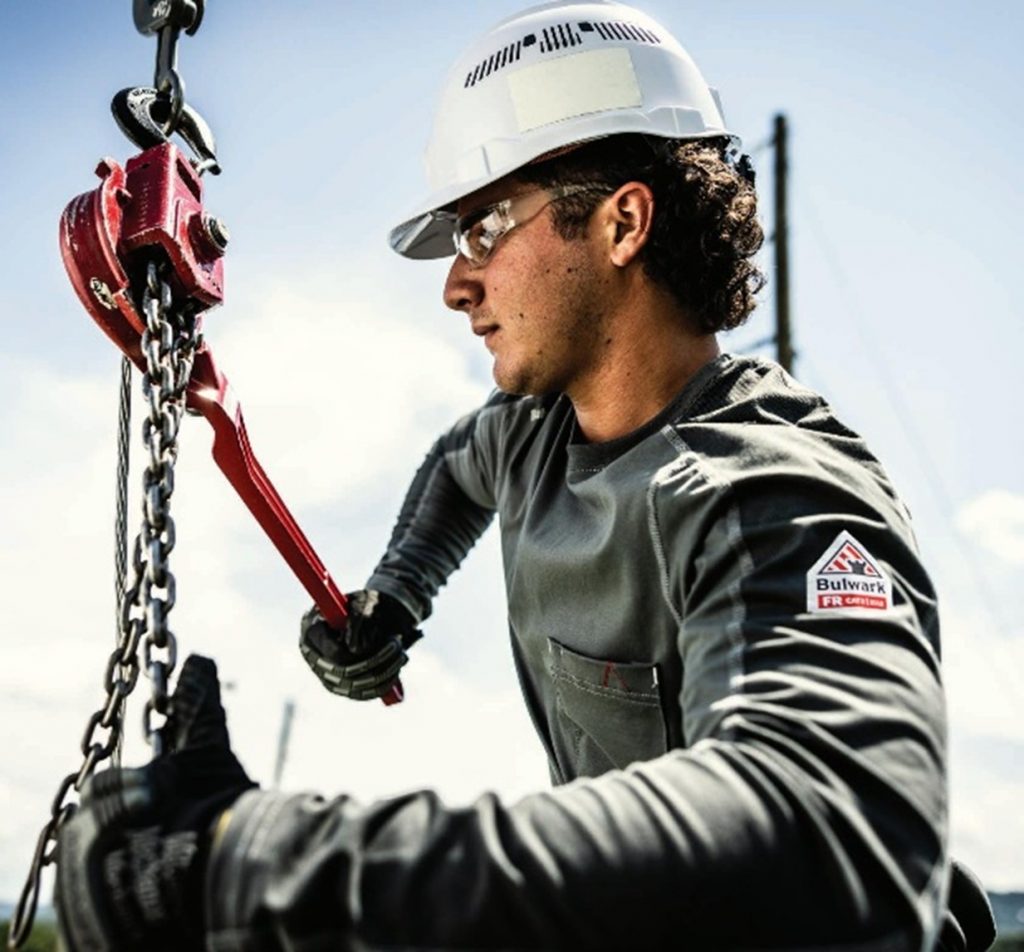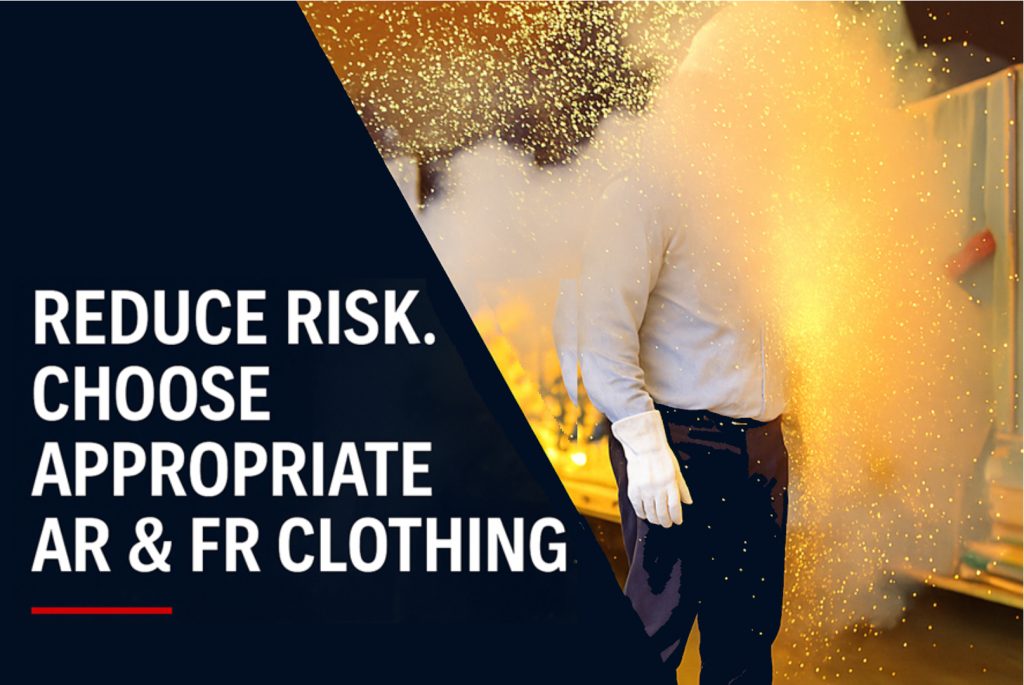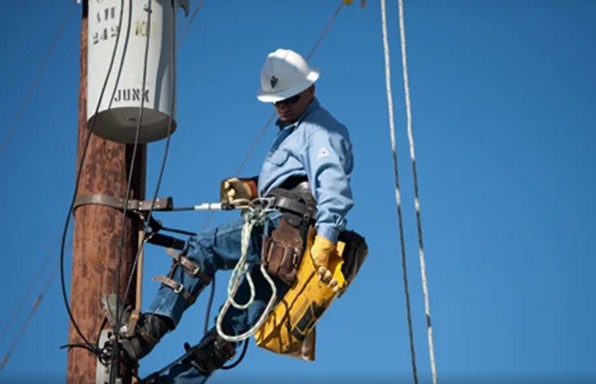Flame Resistant vs. Fire-Resistant vs. Flame Retardant
Know the FR Difference, Protect Your Team
When it comes to protecting workers in hazardous environments, not all Personal Protection Equipment (PPE) or safety clothing is created equal.
You’ve probably seen garments labeled fire resistant, flame resistant, or flame retardant—sometimes even used interchangeably. But the truth is, these terms mean very different things. And when lives are on the line, understanding the difference is more than important, it’s essential.
That’s something Derek Sang, QSSP, IASHEP (CSHEP), a nationally recognized educator and expert in FR/AR safety standards, has spent decades helping companies get right.
“The terms flame resistant, fire resistant, and flame retardant are often misused,” says Sang. “But they have very different implications—especially in protective apparel.”
Flame Resistant (FR): The Gold Standard for Garment Protection
When you hear “flame resistant,” you’re hearing the industry-standard term for fabrics that are designed to resist ignition—and if ignited, will self-extinguish once the heat source is removed. Flame Resistant is often shortened to “FR” for simpler communication.
These fabrics fall into two categories:
- Inherently flame resistant, meaning the fiber itself resists ignition
- Treated to be flame resistant, through durable chemical applications
“Flame-resistant clothing is specifically designed and tested for use in high-risk environments,” Sang notes. “It’s a performance trait, and it’s the only term that truly reflects compliance with standards like NFPA 70E or ASTM F1506.”
At Work Hard Dress Right, a Feury Image Group company, every managed program that includes FR or AR (Arc Rated) apparel starts with a jobsite risk assessment.
We help clients choose garments that align with their hazard risk category, job duties, and compliance requirements, so there’s no guesswork and no liability.
Fire Resistant (FR): A Broad Term, Not a Garment Standard
While “fire resistant” may sound official, it’s actually a generic term more often used in reference to building materials, like fire-rated drywall or safes.
When it appears on a garment tag, it can be misleading. It’s not necessarily wrong, but it’s not specific enough for safety decision-making.
“The term fire resistant isn’t regulated or defined for clothing the way flame resistant is,” says Sang. “When you’re specifying apparel for PPE, always look for flame-resistant.”
 Flame Retardant: Treatment, Not Performance
Flame Retardant: Treatment, Not Performance
Flame retardant refers to a chemical treatment applied to otherwise flammable materials—like upholstery, carpeting, curtains, or tents—to make them less likely to ignite.
In apparel, flame-retardant treatments can wash out or degrade over time if not properly maintained or designed for durability. That’s why Work Hard Dress Right doesn’t offer products unless they meet the standards for long-term performance in tough environments.
“Flame retardant describes the process, not the result,” Sang explains. “It doesn’t guarantee the product will behave like an FR-rated garment in real-world conditions.”
Why This Matters for Your Business
If your workers are in contact with energized equipment, flammable materials, or industrial hazards, the wrong terminology on a label could expose your company to serious risk.
At Work Hard Dress Right, we build uniform programs that go beyond logos and inventory. Our team helps you:
- Choose compliant, job-appropriate FR and AR garments
- Educate your team on how and when to wash, wear and maintain them
- Provide documentation and traceability to support OSHA and NFPA compliance
- Adjust your apparel needs as your business grows—without being locked into long-term contracts
“If your workers don’t understand what they’re wearing—or if you’re not sure yourself—you may not be protected,” Sang warns.

Protecting Workers Starts with Understanding the Terms
Here’s a quick breakdown:
-
Flame resistant = clothing or fabric that resists ignition and self-extinguishes
-
Flame retardant = a treatment used to reduce flammability in other materials
-
Fire resistant = a general, unregulated term—commonly used in non-garment contexts
When you’re outfitting your team, don’t leave the details to chance. Talk to us first and build a program rooted in safety, compliance, and confidence. Having an accurate FR Safety program can be the best insurance policy for the health and safety of your employees.
If you need help choosing FR garments, we’ll help you get it right.


